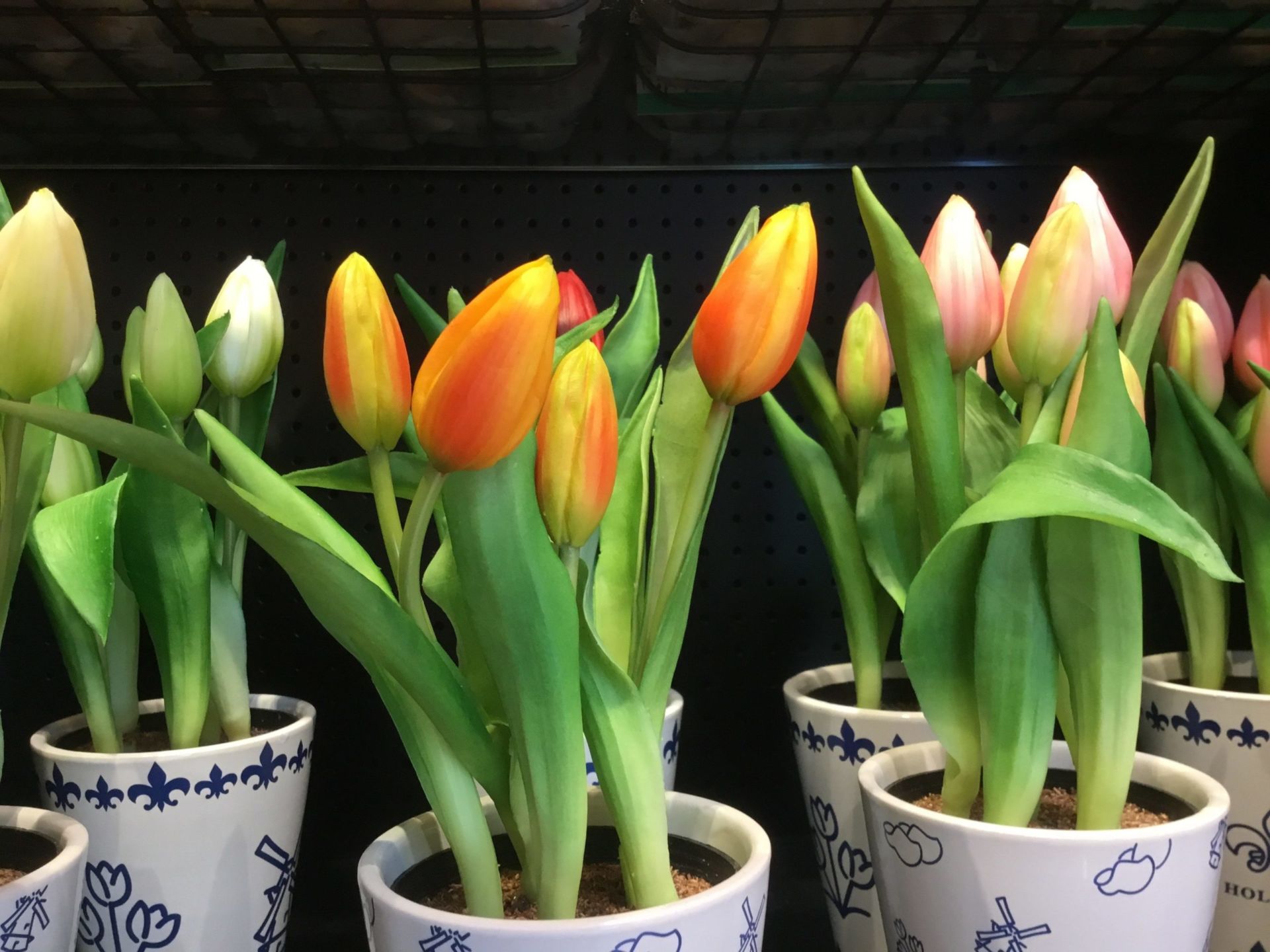Tulip History
Garden Clippings for October 26, 2019
The tulip bulb frenzy in the 17th century was far more significant than today’s short-lived brush with bitcoin. The economy at the time was booming and The Netherlands along with Central Europe were perhaps the richest countries in the world.
Tulip bulbs, originally hailed from Central Asia’s mountain region, had found their way into the Netherlands and landed in the hands of wealthy scholars, artists and merchant traders. Their value went up and down as new varieties were introduced.
The year was around 1625 to 1630. The most sought after and famous tulip, Semper Augustus, was reported to have a value of 10,000 guilders. A handful of 10 bulbs was enough to trade for a tidy house on an Amsterdam canal. There was no need for cash or a cheque because tulips were their own currency.
A decade later, after the value of tulips rose higher than most could afford, the market collapsed. Within a generation aggressive farmer-growers caused the supply of tulips to outstrip the demand and the economy slowly stabilized.
Today, tulips can be bought for about 50 cents each. The Netherlands remains the world’s top producer of tulips and tulips remain one of Holland’s claims to fame, along with wooden shoes, cheese and Delft blue pottery.
After the war, as an expression of the Holland’s gratefulness for Canada’s involvement, the Dutch Royal Family ships 10,000 bulbs to Ottawa, to be planted in the Capital Region. This Dutch gift enables Ottawa to hold the world’s largest tulip festival held annually in May.
Canada’s tulip festival rivals the tulip display seen each spring in Holland, Michigan. But no tulip garden is as famous as the gardens of Keukenhof, in Lisse, Holland, just outside of Amsterdam, where 7 million bulbs are planted each year for the benefit of over a million visitors.
For Canadian landscapes, tulips are delightful, colourful and intriguing. Bulbs are imported to Canada in September and are planted in the fall, anytime before Christmas. Bulbs are not impressive, resembling a small onion. By April, tulips begin poking their head through the ground and within weeks reveal a colourful pouch shaped bloom. Tulips can be found in all colours imaginable, with yellow and red being most popular.
Plant tulips 6 to 8 inches deep with equal spacing. For maximum show and impact, I recommend planting in clusters of about 10 to 12 bulbs per cluster. Plant in good garden soil in sun or shade. A fistful of bonemeal added to the planting hole will improve root growth.
Tulips flower early, before most perennials come to life, making them a good addition to the perennial garden. Earliest flowering varieties bloom soon after the snow has disappeared. Later blooming tulips are usually taller and will flower till the end of June.
Once planted, tulips need no attention. If all goes well, tulips will flower faithfully every spring for several years.


